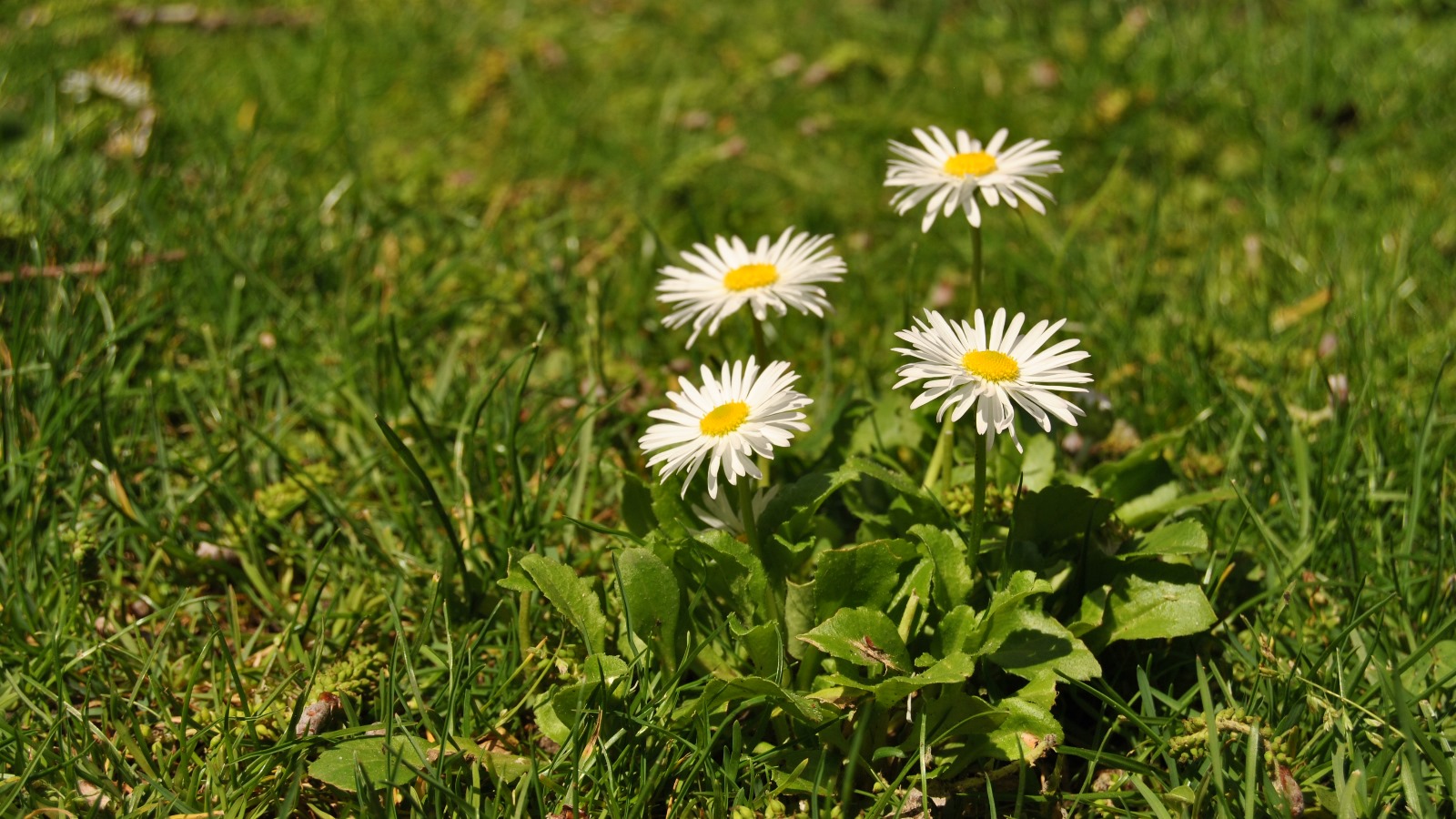How to bring wildflowers to our doorstep
Gardens for wildlife
The current biodiversity crisis, where we are witnessing a much higher rate of species loss than normal, can partly be explained by the loss of habitats. Animals and plants depend on their habitats to feed, reproduce and for shelter. According to Fernanda Botelho, author of several books on edible and medicinal wild plants, this doesn’t mean necessarily mean that we’re fighting a losing battle. Anyone can help just by bringing wildflowers to their doorstep, to a balcony full of potted plants, a garden or an even larger plot.
This phytotherapy specialist inaugurated the “Gardens for Wildlife” series of visits at the Gulbenkian Garden on February 20 and has shared some suggestions that can really have a major impact.
Four good reasons to transform our urban gardens and balconies into ecological wildflower corridors
Fernanda Botelho believes there is no doubt whatsoever that: “we can and must replicate these ecosystems in our own spaces”.
Firstly, “these plants are very well-suited to our/their environment and therefore coexist harmoniously with the insects, birds and reptiles that feed on them or use them to build their shelters.”
Secondly, “we can add many of these species to our food”.
Furthermore, “they’re beautiful and many of them are fragrant.”
Last but not least, wildflowers “help us to better understand nature’s cycles as we can observe them sprouting from the ground, their first leaves appearing, starting to bloom and then bearing fruit and seeds…”
Before we begin, discover and appreciate our wildflowers
Learn how important our wildflowers are, from dandelions, daisies and clovers, to vetches, peas and Spanish brooms. These and many other species are crucial to “maintaining biodiversity”. Why? According to Fernanda Botelho, these plants “play a fundamental role in improving the structure of soil, fixing nutrients and preventing erosion”. Also, “it’s not just trees and shrubs that play this role, but also both small and large herbaceous.” These plants may look insignificant but they “play a very important role in the decompaction of soils, creating organic matter which, when incorporated into them, help nitrogen fixation, as is the case for legumes such as clovers, sweet yellow clovers, peas, vetches or Spanish brooms, among others.” In addition, wildflowers are a “true niche for wildlife”. For example, “birds build their nests there; reptiles and some small mammals hide beneath their branches; bees, butterflies and many other insects benefit from the variety of pollen and nectar at their disposal.”
As if that weren’t enough, some wild plants can also be used “for garnishing food and as medicinal plants”. Therefore, “rescue traditional knowledge on the benefits of plants!”
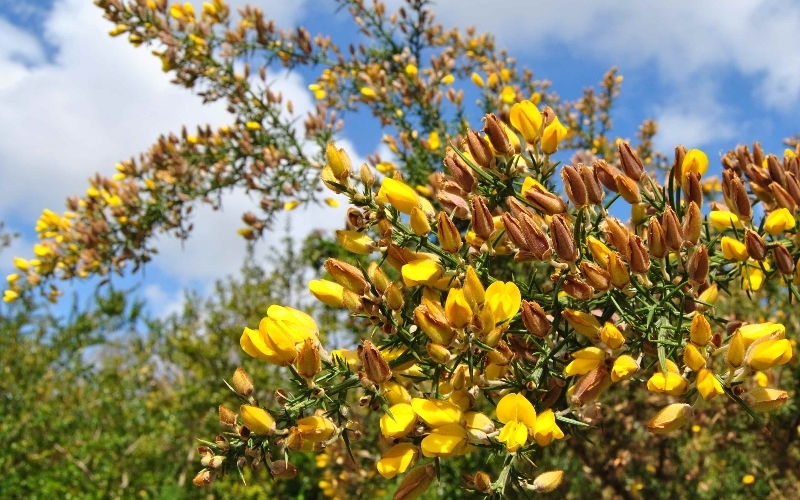
Take home wild species and multiply them
“Pay attention to what grows spontaneously near where you live. These will be the plants that are most likely to multiply in your garden, on flower beds, balconies and in pots”, suggests Fernanda Botelho.
“If the plant is abundant and is not a protected species you can take home a little piece with root, making sure you leave behind more than you take. You can observe its whole cycle and, when it’s completed, collect some of its seeds.”
Another alternative is to buy them from companies and institutions dedicated to the sale of Portuguese native species.
Do not intervene
“Once these species have multiplied in their spaces, you must leave them in a corner, vase or on a flower bed and do not intervene. These plants are likely to be undemanding in water resources, unless they are riparian plants such as the mint (Mentha suaveolens or M. pulegium), pennyroyal horsetail or purple loosestrife (Lythrum salicaria).”
You could begin, for example, with the following species
The list of species that Fernanda Botelho believes are essential for those who want to promote wildflowers, is “extensive”. Nevertheless, she adds: “These species will vary according to the edaphoclimatic conditions of where one is located.”
At the Gulbenkian garden there are numerous species that we can try to replicate in our own home. They are “very versatile and adapt well to various different areas in Portugal.”
Fernanda Botelho mentioned the laurustinus (Virbunum tinnus), “large bunches of lightly fragranced white flowers, they make excellent hedges as they help mitigate wind and noise”. “After abundant flowering between January and May, depending on their age, their oblong, metallic blue berries are much appreciated by various species of birds, especially blackbirds.”

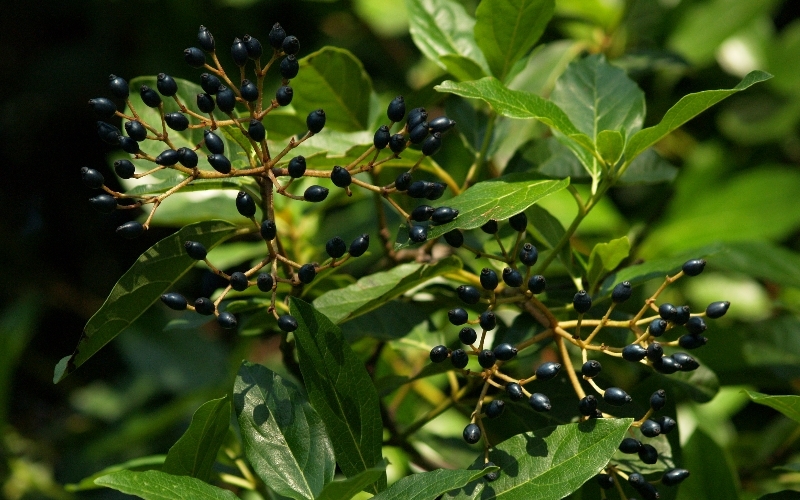
Another one of the shrubs chosen by Fernanda is the myrtle (Myrtus communis), with its white, fragrant flowers and dark blue berries, and the rosemary, which is important “as a windbreaker and an aromatic medicinal plant with culinary uses and much appreciated by bees”.
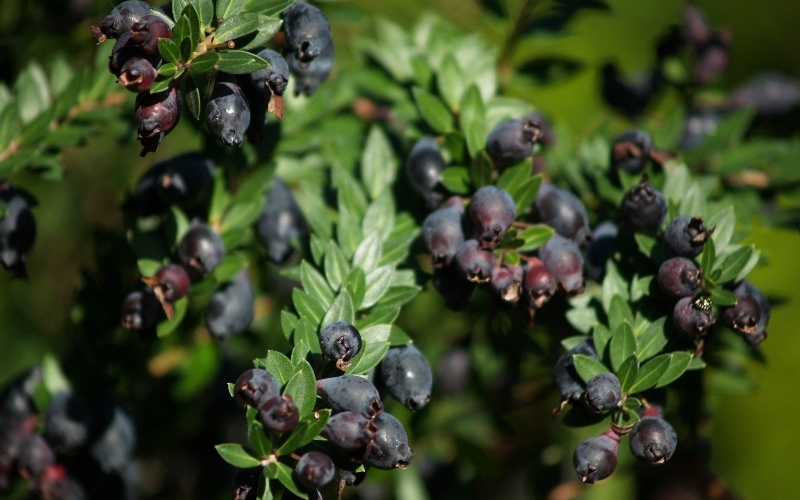
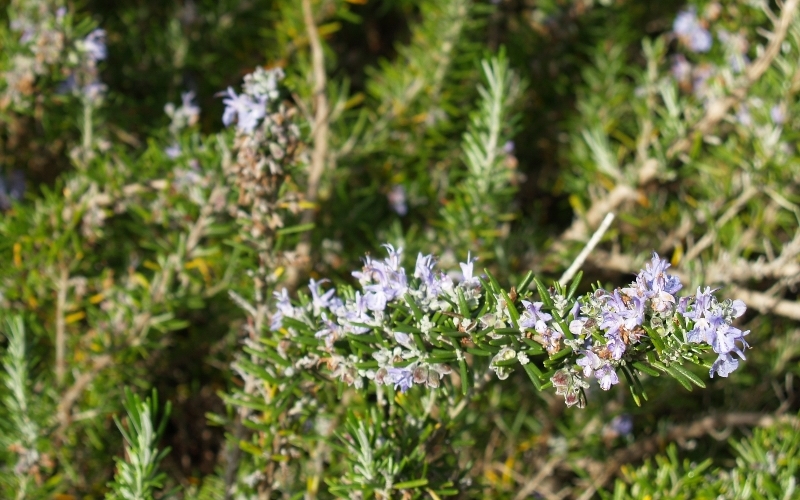
The list of shrubs wouldn’t be complete without the common hawthorn, (Crataegus monogyna) which, during the February 20 visit, “had begun to vigorously sprout its leaves and flowers. A few days later it will have become completely enveloped in a white robe of light fragrance and the buzzing of numerous bees.” According to Fernanda Botelho, “this shrub can grow to the height of a small to medium-sized tree. It is also known as the hawthorn, May tree, whitethorn, etc.” “It is a beautiful bush, despite its thorns. After flowering, the small berries look like miniature apples. They are suitable for both bird and human consumption, are rich in medicinal properties and are used mainly in the treatment for cardiovascular diseases.”

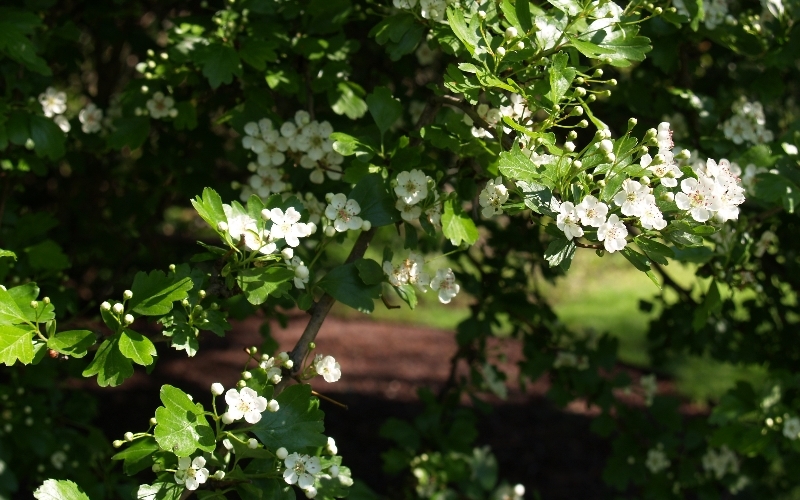
Don’t forget the smaller plants, which emerge in meadows
The first to reach the surface are the daisies (Bellis perennis) – not to be confused with the Mexican fleabane (Erigeron karvinskianus), which has flowers that are similar to daisies and is an invasive species that grows everywhere, from cracks in the walls to flowerbeds.
This list also includes the dandelion (Taraxacum sp.), with its deep roots and medicinal uses, it is mainly used to treat liver problems. Its leaves of basal rosettes are also used in infusions for their diuretic properties, helping relieve tired and swollen legs and feet resulting from fluid retention”, explains Fernanda Botelho. “These fresh and bitter-tasting leaves are much appreciated in salads in several European countries and can be bought in markets.”
Then you can opt for the pink flower clovers (Trifolium pratense) and the white flower ones (Trifolium repens). “The leaf and flower of both of these species can also be used in salads and for garnishing dishes.”
“On my list of wild plants – herbaceous, vines or shrubs – are the honeysuckle (Lonicera sp.), the various species of mallows (Malva sylvestris, M arborescens, Lavatera sp), the nettle (Urtica sp.), clover (Trifolium sp.), mullein, agrimony, lupines, Spanish broom, myrtle, juniper, elderberry, strawberry tree, prunella, violets, thyme, lemon grass, St. Robert’s herb…”
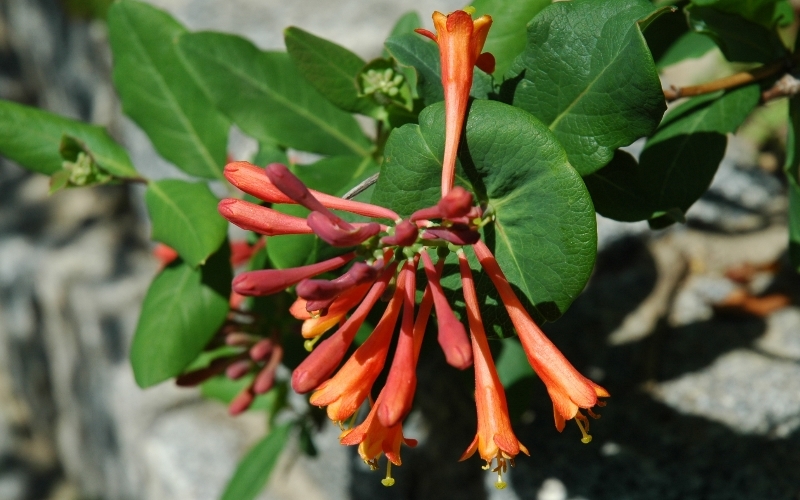
“You must bear in mind that when these plants are found in public places, they have been subjected to being trampled on frequently and some pollution. Therefore, they shouldn’t be harvested for human consumption.”
Gardens for wildlife
Throughout the year, the Gulbenkian Garden is promoting a series of visits focused on how to make our gardens, parks and land, both inside and outside cities, more welcoming for wildlife – fundamental for life on Earth! Wilder magazine follows these visits and publishes articles on each of the different topis covered in partnership with the Gulbenkian Foundation.
